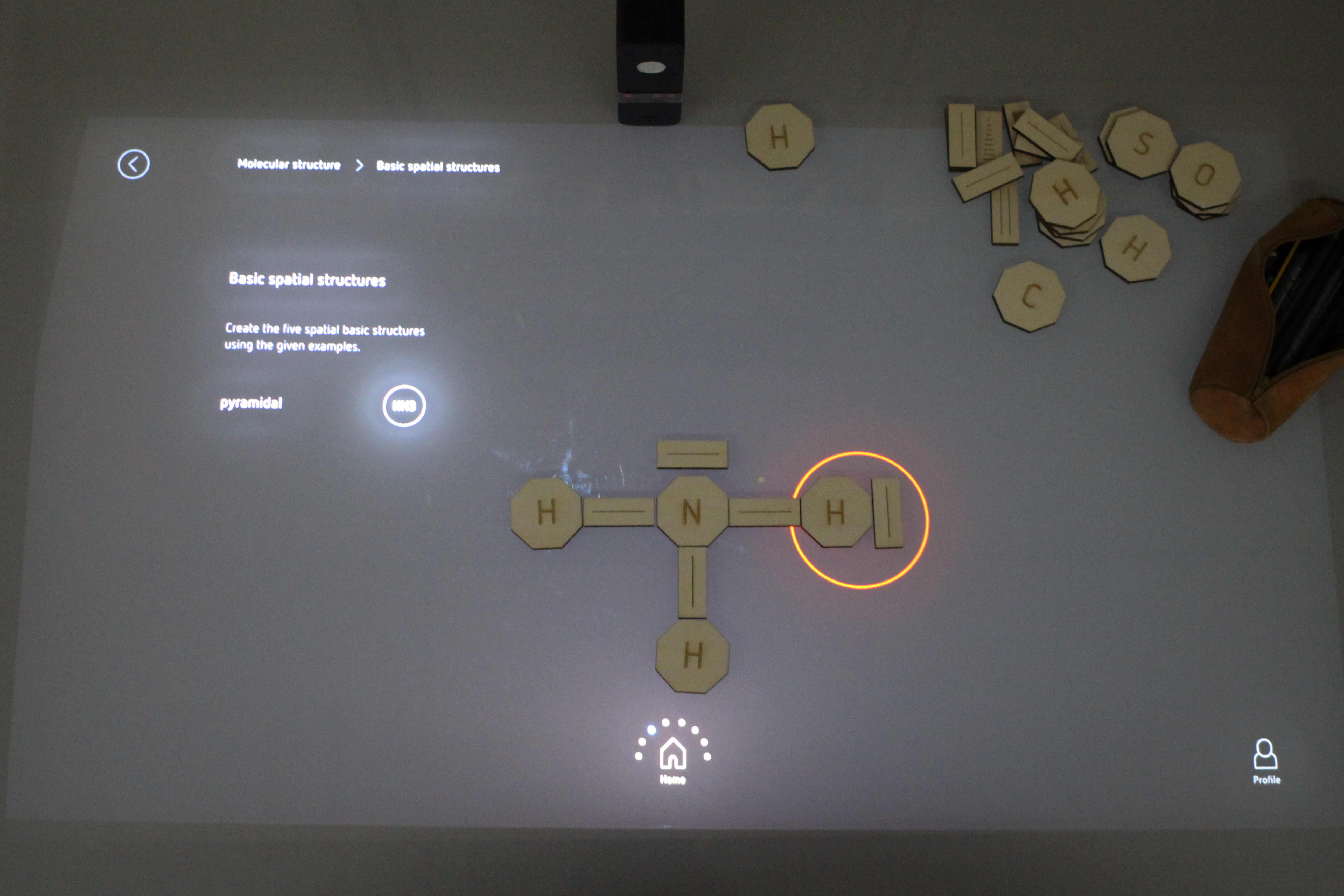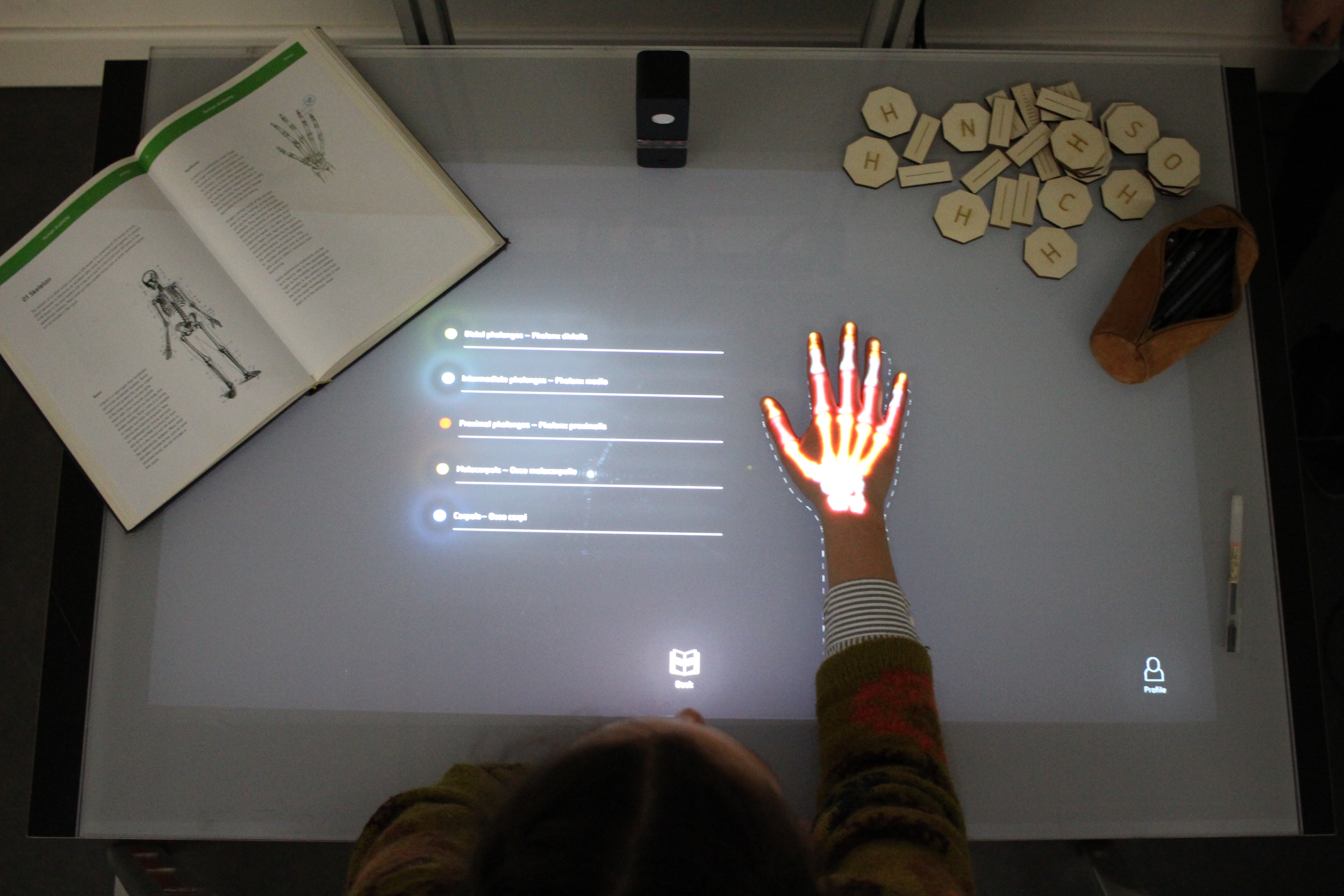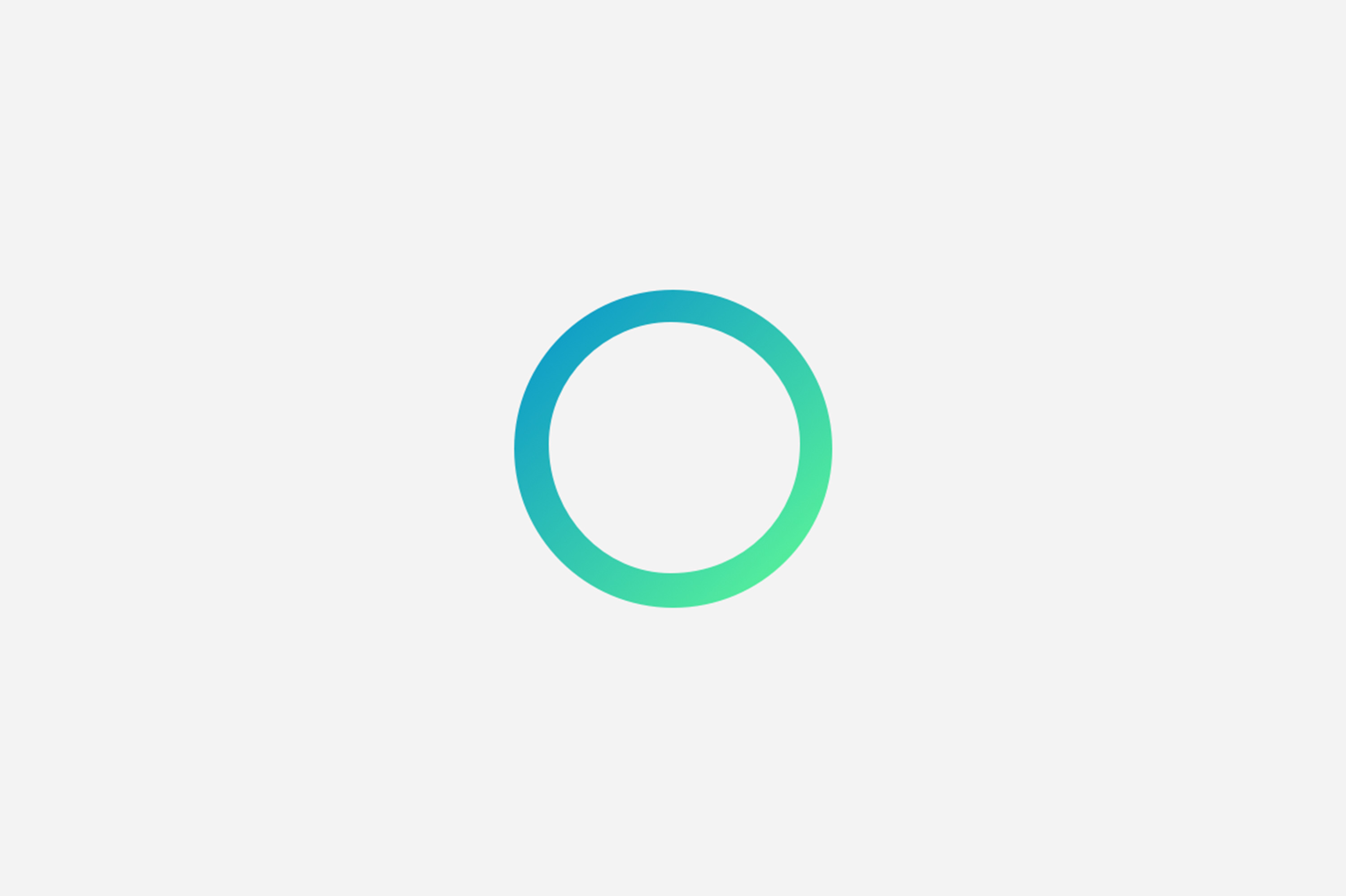The "BeeMa" device combines projection and tracking technology to support pupils and students during their studies. The scope of this educational system is primarily located at school, but can also be used individually by every student at home.
The "BeeMa" device can be accustomed in addition to conventional teaching materials such as a schoolbook to convey knowledge more clearly and easier. In the course of our extensive research, we engaged more closely with didactics: interested in everyday problems that are still present in a regular school nowadays. In addition, we wanted to uncover the problems involved in the transfer of knowledge and how these can be solved and supported with the aid of tracking and projection. “BeeMa" is based on various human learning types and thus also addresses the individual learning problems of pupils.
Which content is easier to understand through interaction? What is the future of education?
Chemistry
In the first scenario the building system is being used. The student is given the task of placing the molecular structure H2O. By arranging the modular elements on their own school table, the exercise converts into a playful approach and as a result, the student learns visually and receives haptic feedback.


Learning to write
In the second scenario, we are in the first class. The letter A is projected onto the sheet using the BeeMa own projection system. Through the animation on the paper, the student learns the movement involved in writing the letter, right from the start. In this case, we did not want to do it without the conventional means of pen and paper in order not to lose the sense of conventional writing.
Biology
In biology, the student places one of his hands on the desk. On top of his hand, his bones, muscles, nerves are projected and displayed with additional information. The great advantage of this exercise is that the children can see and even feel the bones on their own hands and easily get the link between the medical picture and the real world.

Astronomy
Students can drag and drop interactive graphics and exercises from their schoolbooks on their desk. Nowadays, typical smartphone control gestures such as rotate, zoom, swipe, … , are used by kids even more intuitively than by their parents. This makes the whole task and the operation as easy as possible. The graphics and texts can be rotated, for example, which is particularly useful for group work.





